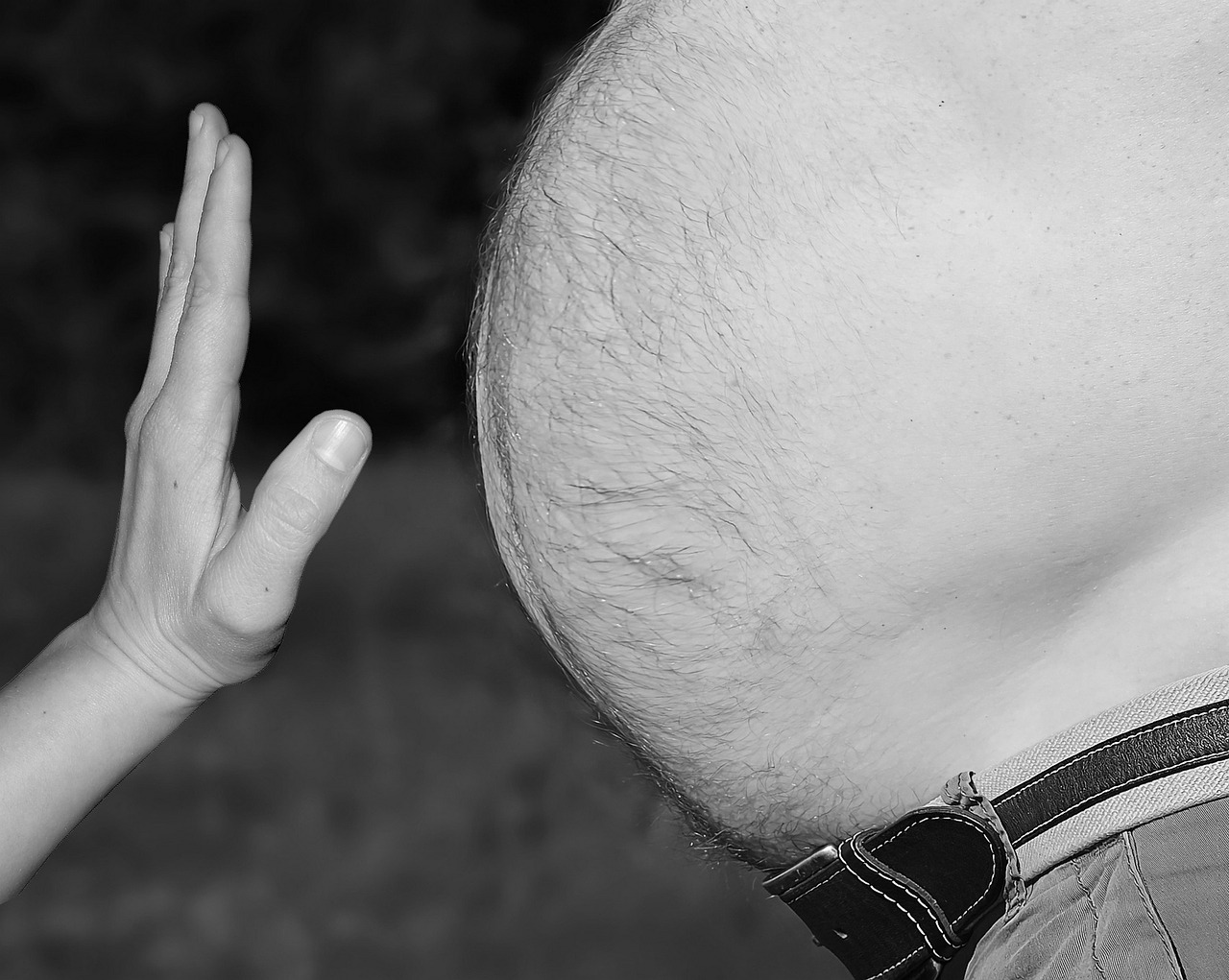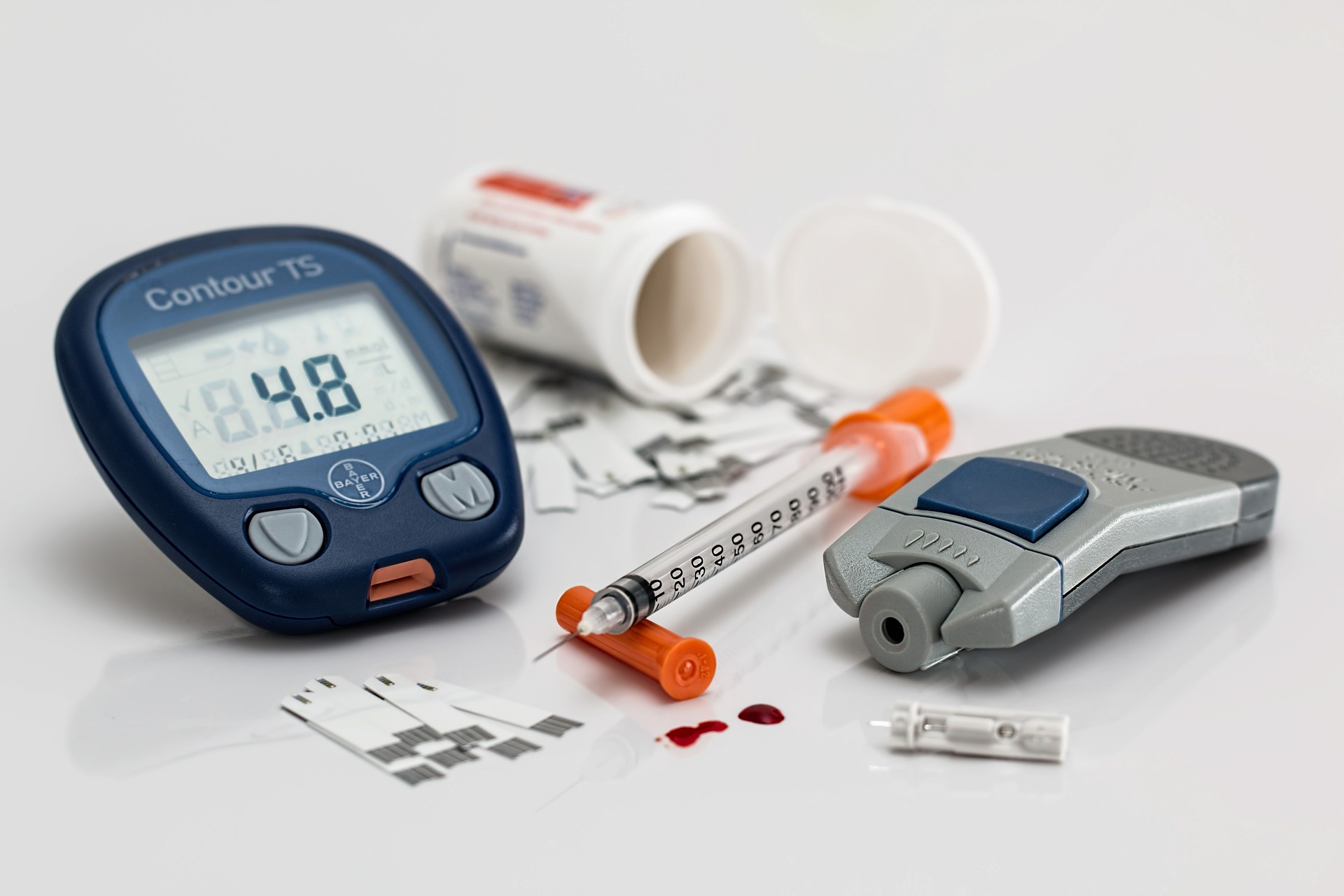The chapter 35 of Madhava Nidana is Udara Nidanam which deals with Enlargement of Stomach. A distended abdomen is measurably swollen beyond its normal size. It’s often accompanied by the feeling of being bloated with trapped gas or digestive contents.
Chapter 34 – Medoroga Nidanam
The Chapter 34 of Madhava Nidana is Medoroga nidanam which deals with Obesity. Obesity is a complex disease involving an excessive amount of body fat. It’s a medical problem that increases the risk of other diseases and health problems, such as heart disease, diabetes, high blood pressure and certain cancers.
Chapter 33 — Prameha, Prameha – pidaka Nidanam
The 33rd chapter of Madhava Nidana deals with Prameha, Prameha – pidaka Nidanam i.e., Polyuria/ Diabetes Carbuncles. Polyuria is the medical term for excessive urination. It is not a medical condition but a symptom of other illnesses. Common polyuria causes include diabetes, kidney disease, and certain medications. It can also be caused by pregnancy, an electrolyte imbalance, excess caffeine, and drinking alcohol.
Chapter 32 – Ashmari Nidanam
The 32nd chapter of Madhava Nidana is Ashmari Nidanam which deals with Vesical Calculus.Bladder stones form when minerals in urine (pee) crystalize and clump together in the bladder. The medical term for bladder stones is bladder calculi. Bladder stones generally develop when some urine stays in the bladder after you pee. Without treatment, stones can cause infections, bleeding and long-term problems in the urinary tract.
Chapter 31 — Mutraghata Nidana
The 31st chapter of Madhava Nidana deals with Mutraghata Nidana i.e,., Suppression of Urine and its diseases. Suppression of urine may be said to exist whenever the urinary output for a given period of time falls below the anticipated minimal requirement for urinary water.
Chapter 30 — Mutrakrcchra Nidanam
The 30th chapter of Madhava Nidana deals with Mutrakrcchra Nidanam i.e.Dysuria, Stragury. Dysuria is a symptom of pain, discomfort, or burning when urinating. It is more common in women than in men. In men, it is more common in older men than younger men.





